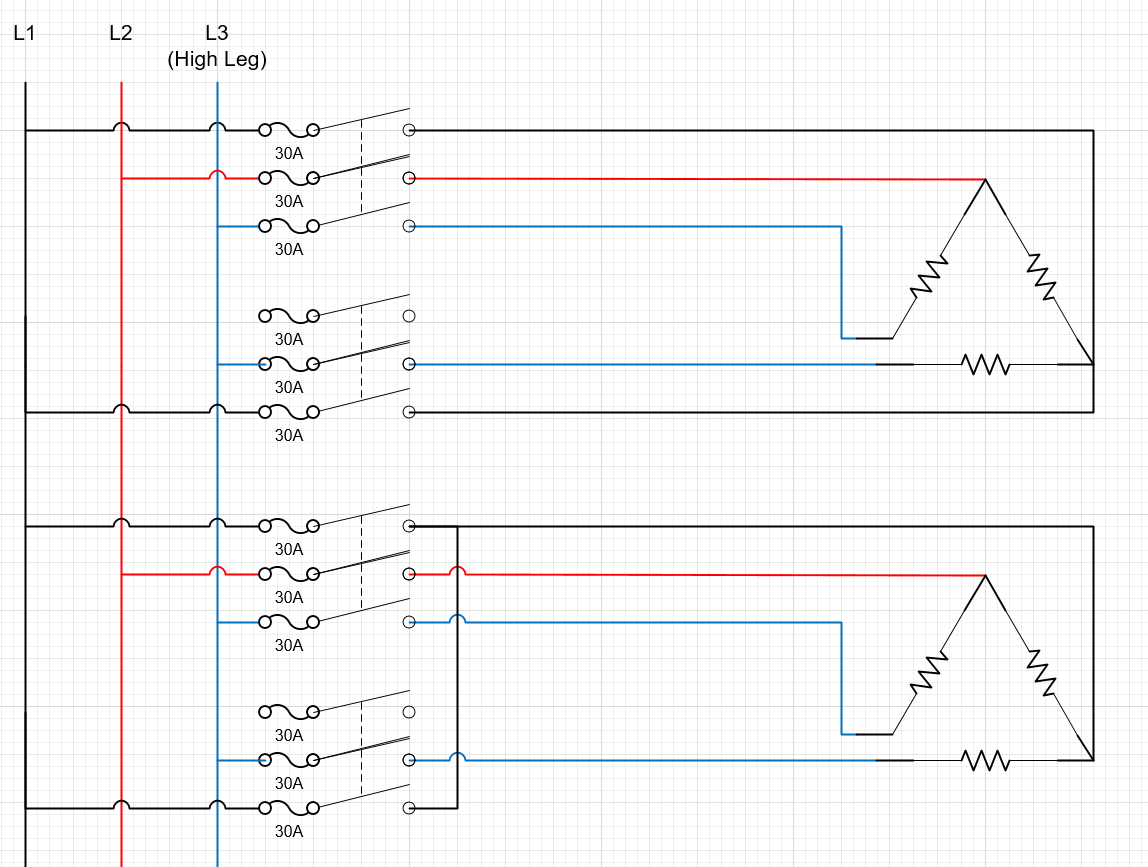In my case with the precision issues, I am calculating a value and then trying to concatenate that into a string to display on a global. Here is another example where I am reading the value from my current sensor, multiplying it by 240, and concatenating "W" on the end for a power display value that tracks the current.
With this code, no matter what I set the precision value to, it gets lost when I concatenate that onto a string.
Code:print tempStr1 .........
However, I used the suggestion of sending this to a global value with precision 0, then reading that back and concatenating it onto the 240V Power string before writing it to the global string element. This does the trick, but seems rather clunky.
Code:new string tempStr1 new value temp1 [PowerLoop] ...
View attachment 675390
This is a general problem with all computing, not just BruControl. For example, a Currency type field has four decimal places although you can only see two. Having the RTD Value retain all its decimals is the same issue. In some cases you would want the values to do that. On the other hand, in these instances, you do not. Therefore clunky. Unfortunately, you would have to re invent Computer Values to suit our needs, but then what about those that want all those trailing decimals? They could not get them back. I will take Clunky.






























































